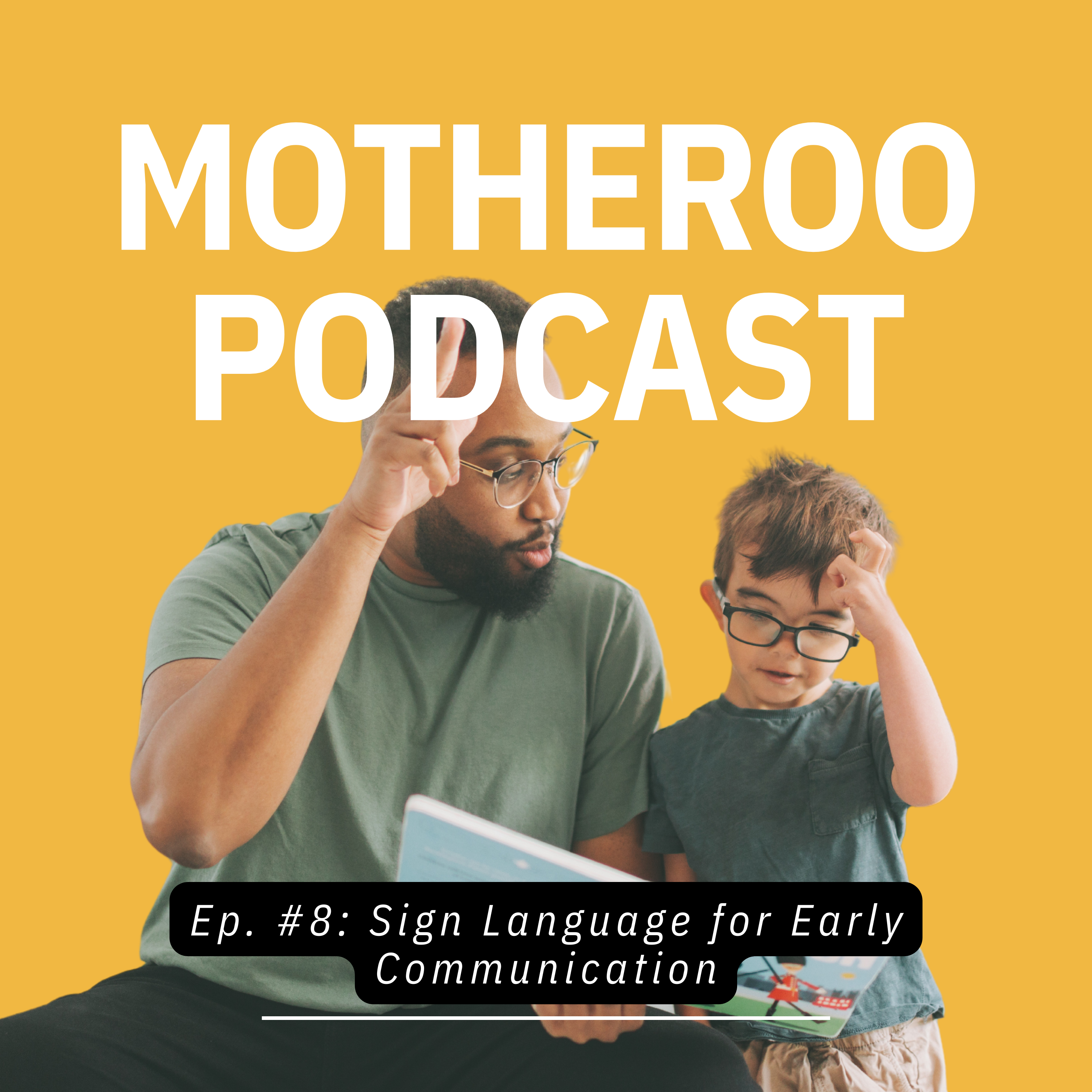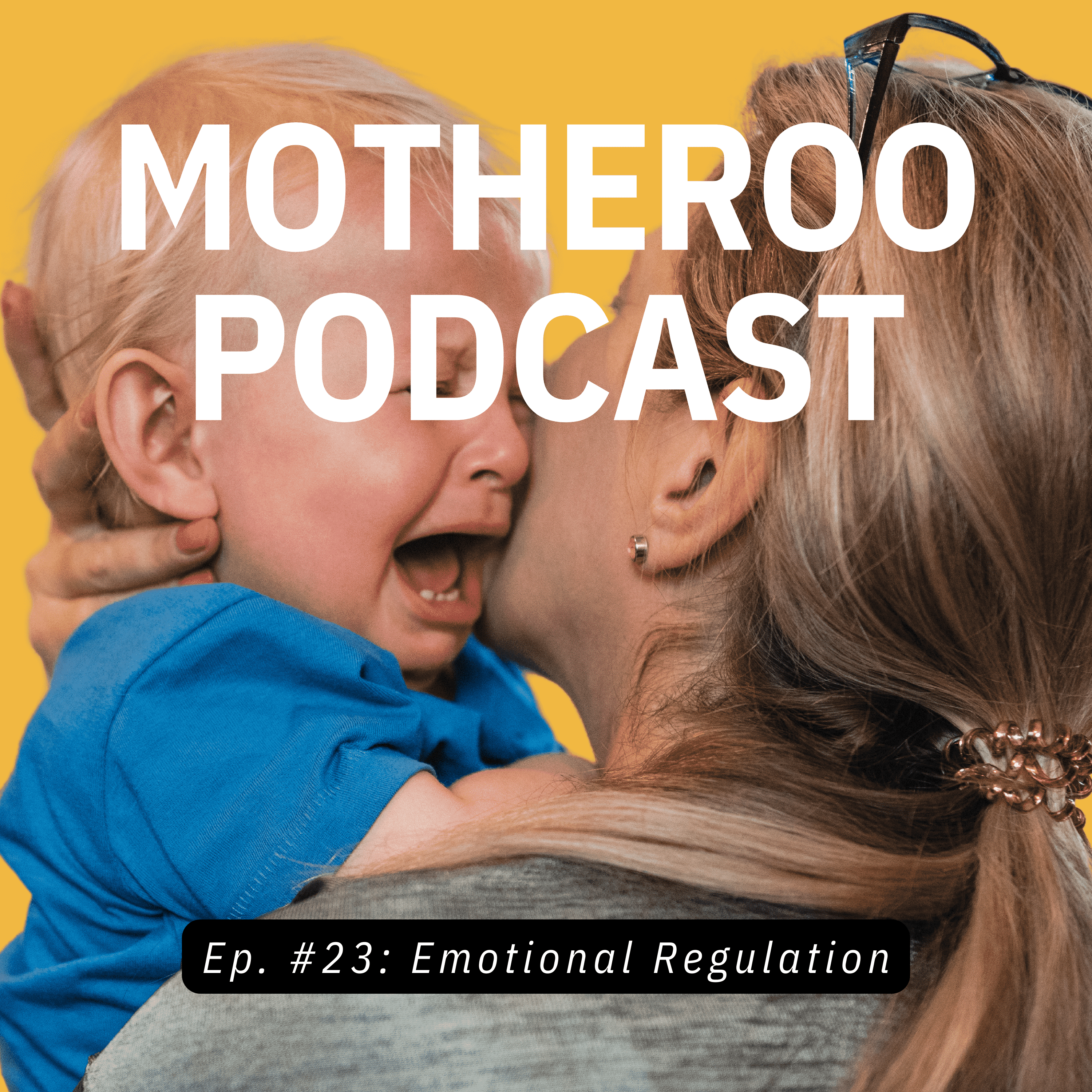Myofunctional therapy represents one of the most significant yet often overlooked approaches to addressing a wide range of oral and facial muscular issues. This therapeutic intervention has gained increasing recognition across healthcare disciplines for its non-invasive nature and remarkable effectiveness. In this blog post, we’ll explore the substantial importance of myofunctional therapy and how it can transform oral health and overall wellbeing for both children and adults.
Understanding Myofunctional Therapy
Myofunctional therapy is an exercise training programme designed specifically for the muscles around your face, mouth, and tongue. These personalised exercises aim to improve issues with talking, eating, and breathing by addressing what are known as Orofacial Myofunctional Disorders (OMDs). OMDs are abnormal movement patterns of your face or mouth that can be caused by various factors including blocked nasal passages, misplaced tongue position, or prolonged sucking habits beyond early childhood.
The therapy essentially functions as a form of physical training for your oral and facial muscles. It teaches these muscles, along with the associated nerves and brain connections, how to restore optimal movement patterns that may have become dysfunctional over time. Think of it as having a personal trainer for your mouth – one who specialises in optimising the coordination and strength of these critical muscles that we use constantly throughout our daily lives.
The Wide-Ranging Benefits of Myofunctional Therapy
The importance of myofunctional therapy becomes apparent when we consider its extensive applications across various health concerns:
Improved Breathing and Sleep Quality
Perhaps one of the most significant benefits of myofunctional therapy is its effectiveness in treating sleep-disordered breathing. Research has found that myofunctional therapy decreases the apnea-hypopnea index (a measure of sleep apnea severity) by approximately 50% in adults and an impressive 62% in children. For individuals suffering from sleep issues, this therapy can:
- Make nighttime breathing problems less severe
- Help reduce daytime sleepiness
- Encourage nasal breathing rather than mouth breathing
- Potentially reduce or eliminate snoring
Enhanced Oral Function and Development
Myofunctional therapy plays a crucial role in supporting proper oral development and function, particularly in children. The main objectives include correct tongue positioning, building tongue strength, establishing jaw stability, and enabling correct swallowing and chewing functions. These improvements can lead to:
- Better speech articulation and clarity
- Proper development of the jaw and facial structure
- Enhanced chewing and swallowing patterns
- Support for proper tooth alignment and positioning
Support for Orthodontic Treatment
The relationship between muscle function and dental alignment is significant. Myofunctional therapy can address habits like tongue thrusting or thumb sucking that affect facial growth and tooth alignment. When used alongside orthodontic treatment, myofunctional therapy can:
- Lead to more successful orthodontic outcomes
- Potentially reduce treatment time
- Help maintain results by establishing proper muscle patterns
- Create space for teeth to grow in the correct position, potentially reducing the need for extensive orthodontic intervention
Treatment for Specific Disorders
Myofunctional therapy has shown effectiveness in treating specific conditions including:
- Ankyloglossia (tongue-tie)
- Atypical swallowing patterns
- Lip incompetence (inability to close lips at rest)
- Non-nutritive sucking habits
- Temporomandibular joint (TMJ) disorders
The Evidence Supporting Myofunctional Therapy
Myofunctional therapy has been employed successfully across numerous countries for more than 30 years, with multiple studies demonstrating its effectiveness. A systematic review of the literature found compelling evidence for its application in sleep-disordered breathing, showing significant improvements in both objective measures (such as the apnea-hypopnea index) and subjective outcomes like snoring and sleepiness.
However, it’s important to note that while many studies report positive results from myofunctional therapy, a recent scoping review from 2025 indicates that high-level evidence confirming its full effectiveness is still developing. The review found that while myofunctional therapy produces noticeable clinical changes in certain scenarios, more methodologically sound clinical trials with larger samples and longer follow-ups are needed to conclusively establish its effectiveness across all applications.
Who Can Benefit from Myofunctional Therapy?
Myofunctional therapy is remarkably versatile and can benefit individuals across different age groups:
For Children (Generally Ages 4 and Up)
Children commonly present with issues that can be addressed through myofunctional therapy, including:
- Mouth breathing and open mouth posture
- Tongue ties
- Dental crowding and orthodontic concerns
- Speech misarticulations
- Thumbsucking
- Behavioural problems related to poor sleep
- Poor concentration and attention
Early intervention through myofunctional therapy can help guide proper development and potentially prevent more significant issues later in life.
For Adults
Adults can also experience significant benefits from myofunctional therapy, particularly for:
- Snoring and obstructive sleep apnoea
- Chronic neck tension
- Headaches
- Speech disorders
- TMJ issues
- Support during orthodontic treatment
What Does Myofunctional Therapy Involve?
The therapy involves creating awareness and practicing exercises to restore normal rest posture and patterns of the oral and facial muscles during various activities. These exercises are typically introduced sequentially during sessions with a therapist, with regular home practice to reinforce new habits and build strength, coordination, and endurance of the tongue and other upper airway muscles.
The treatment is non-invasive and drug-free, taking only a few minutes each day to perform. It may be used alone or in conjunction with other therapies, such as speech therapy and orthodontic appliances.
Conclusion
The importance of myofunctional therapy lies in its holistic approach to addressing muscular dysfunction in the face and mouth. By targeting the root causes of many oral and facial issues rather than just treating symptoms, myofunctional therapy offers a path to improved breathing, speech, dental health, and overall wellbeing.
While further research is still needed to strengthen the evidence base, the existing data and clinical experience suggest that myofunctional therapy is a valuable intervention with wide-ranging benefits for both children and adults. As awareness of this therapy continues to grow among healthcare professionals and the general public, more individuals may find relief from conditions that significantly impact their quality of life.
References
- Healthline. (2022). Myofunctional Therapy: Definition, What It Treats, Exercises.
- Casey Dental Group. (2022). Myofunctional Therapy.
- Camacho et al. (2015). Myofunctional Therapy to Treat Obstructive Sleep Apnea.
- University of Alberta. (2025). Effectiveness of orofacial myofunctional therapy in improving orofacial functions and oral habits.
- University of South Carolina. (2025). Myofunctional Therapy – Arnold School of Public Health.
- Cleveland Clinic. What Is Myofunctional Therapy?
- Dr Shereen Lim. (2023). Myofunctional Therapy.
- Stuart Dentistry. (2023). The Importance of Myofunctional Therapy for Children and Adults.
- Tad Morgan DDS. (2025). Top 10 Surprising Benefits of Myofunctional Therapy.
- Happy Kids Dental. (2025). Myofunctional Therapy Dentist – London.
Citations:
- https://www.healthline.com/health/myofunctional-therapy
- https://caseydentalgroup.com.au/myofunctional-therapy/
- https://pmc.ncbi.nlm.nih.gov/articles/PMC4402674/
- https://pmc.ncbi.nlm.nih.gov/articles/PMC11956678/
- https://sc.edu/study/colleges_schools/public_health/research/research_areas/communication_sciences_and_disorders/speech_and_hearing_research_center/myofunctional_therapy/
- https://my.clevelandclinic.org/health/treatments/myofunctional-therapy
- https://www.drshereenlim.com.au/service/myofunctional-therapy/
- https://www.stuartdentistry.com/articles/the-importance-of-myofunctional-therapy-for-children-and-adults
- https://www.tadmorgandds.com/blog/top-10-surprising-benefits-of-myofunctional-therapy/
- https://happykidsdental.co.uk/preventing-and-protecting/myofunctional-therapy/












